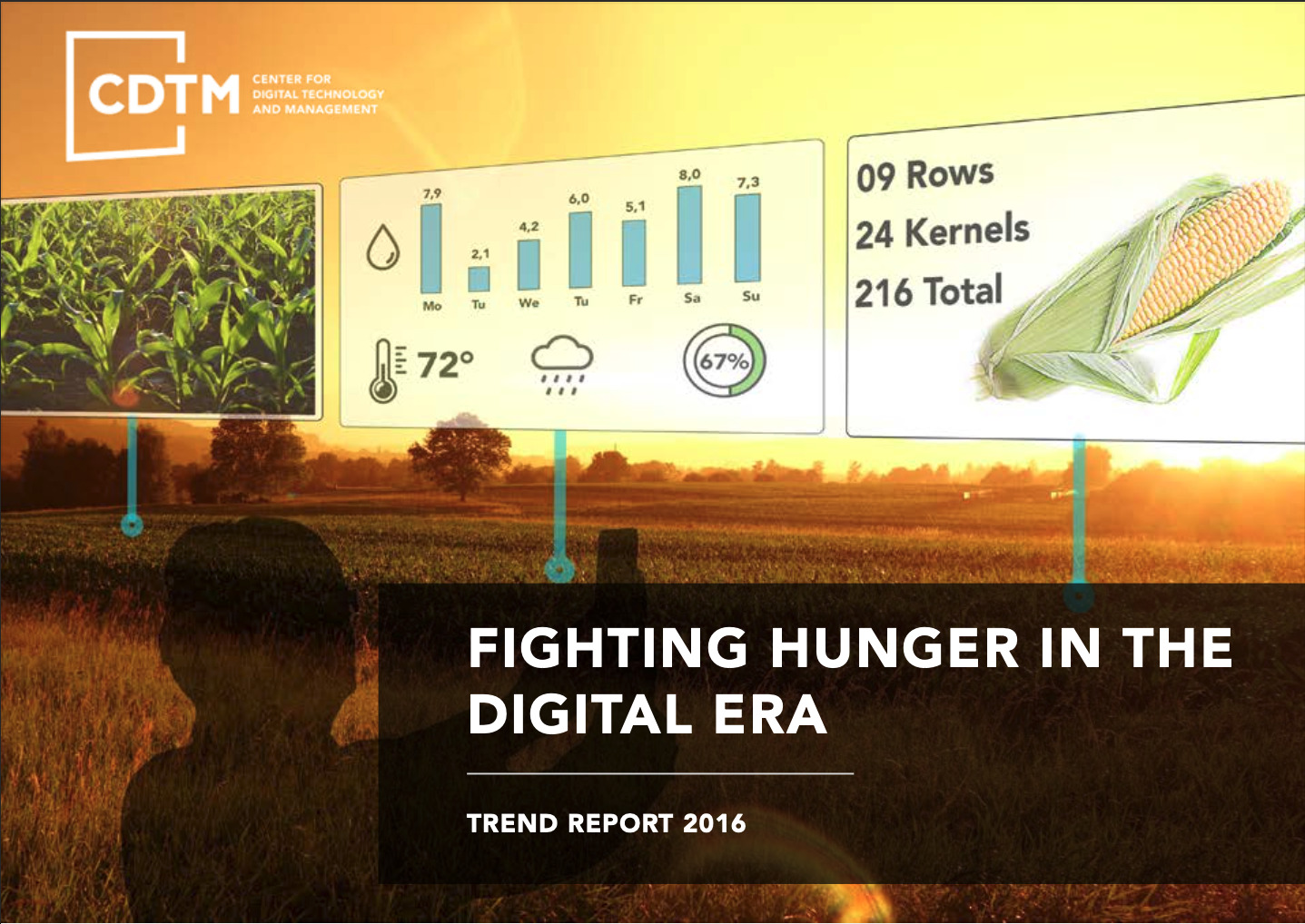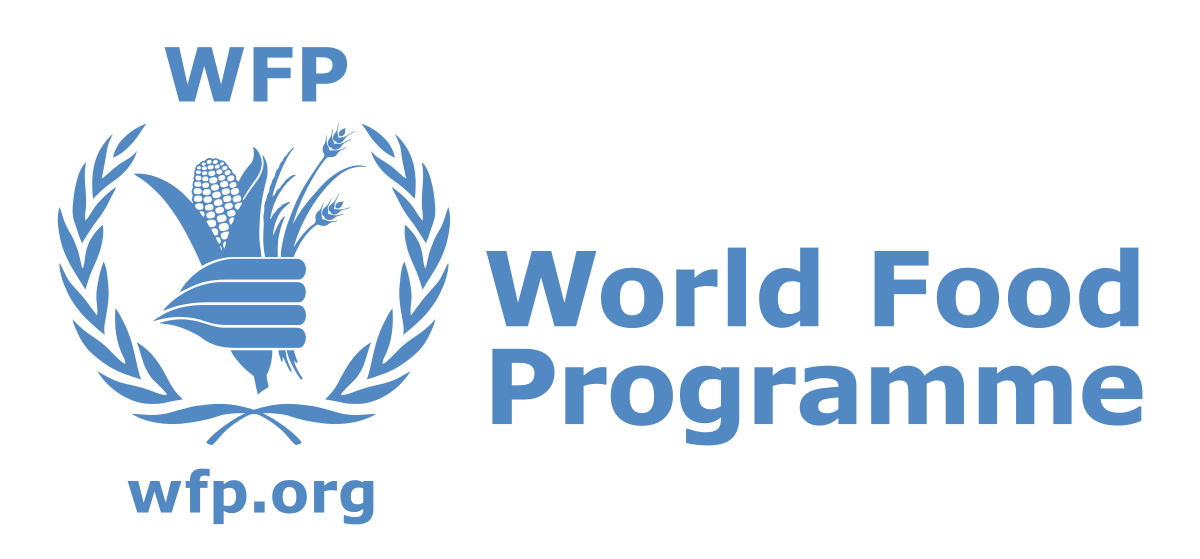
Fighting Hunger in the Digital Era
Abstract
The supermarket – the modern land of milk and honey! Located just around the corner, it provides us with a magnificent selection of food and beverages: fresh fruits and vegetables from all over the world, meat and fish in abundance, coffee from Brazil, rice from Thailand, beef from Argentina – every product available 24/7. For most inhabitants of the industrialized world, purchasing and consuming food is easy and convenient. No dirty hands, only a few dirty dishes. Food consumption has become so easy and cheap that it is done on an excessive level: since 1980, the number of obesity cases has doubled globally and reached more than 1.4 billion adults in 2008 according to the World Health Organization Fact sheet No. 311 (2012). This report presents trends in the field of fighting hunger. From these findings, four scenarios are derived that vividly depict possible futures. In the final part, five business ideas are elaborated and validated in each of the four scenarios.
TRENDS
"Global Governance": Global governance refers to the act of collaboration between and across nations worldwide. A close international collaboration provides the political backbone to ensure food security and reduce hunger. It has direct impacts on food, such as trade facilitation, food standardization, and regulation. The indirect impacts foster global initiatives on environmental protections, counter global warming, and others. The current standing of the United Nations as well as other major international authorities are the starting points of this driver. The UN itself had to cope with several voices of criticism in the past, namely “inaction, inefficiency and indolence” (Arias, 1999), which are mainly caused by the lack of collaboration and enforcement power among member states.
"Genetically Modified Food": According to the Encyclopædia Britannica, a genetically modified organism (GMO) is an “organism whose genome has been engineered in the laboratory” (Fridovich-Keil, 2015). Such organisms may contain physiological traits which make the food production more efficient and reliable. Additionally, GMOs can be used to produce biological products like biofuel (Sjøgren 2014), insulin (Walsh, 2015) and painkillers (Hoffman, 2015). In the following scenarios, we solely consider genetical modifications within food production. The first edible GMOs were tomatoes, created by scientists in 1994 (Bruening & Lyons, 2000). In 2010, 10% of the worldwide cropland was cultivated with genetically modified crops (James, 2011). Such plants can resist diseases and insects while having better nutritional value (Lobardo, 2015). On the other side, they are suspected to degrade soil and cause allergies.
Separates New World, Greenhouse of Nations, Powder to the People, World Food Network
Business models
1. BLISS: Commodity Monitoring Solution for WFP‘s Downstream Chain Using Blockchain Technology
2. TRUESTORIES: Give people a smartphone. They will tell their stories.
3. TOOBER: Accelerate growth through sharing.
4. FAIRCAST: future. predicted. together.
5. CROPSPOT: Mobile solution automating crop disease identification through image recognition & machine learning.




